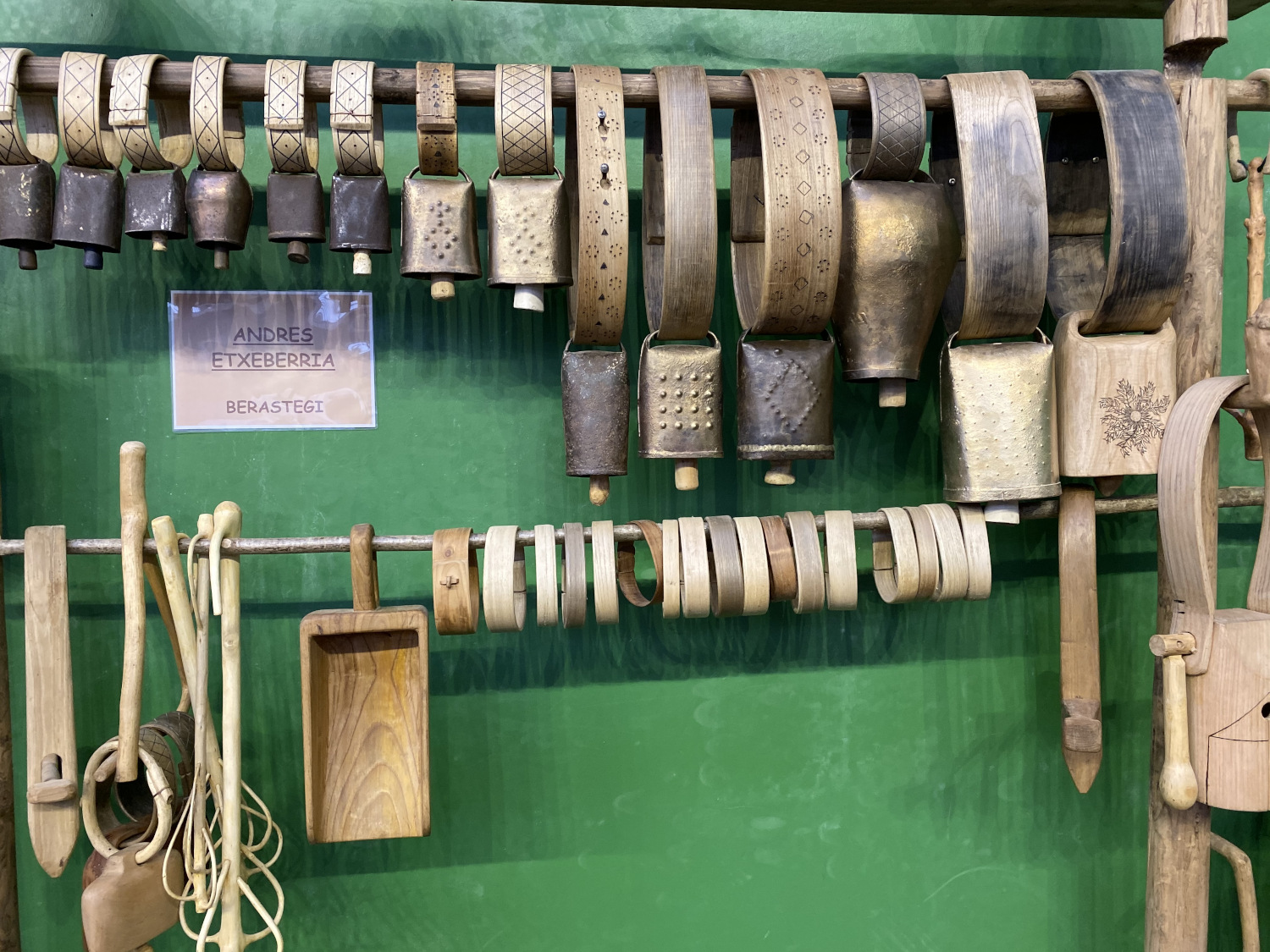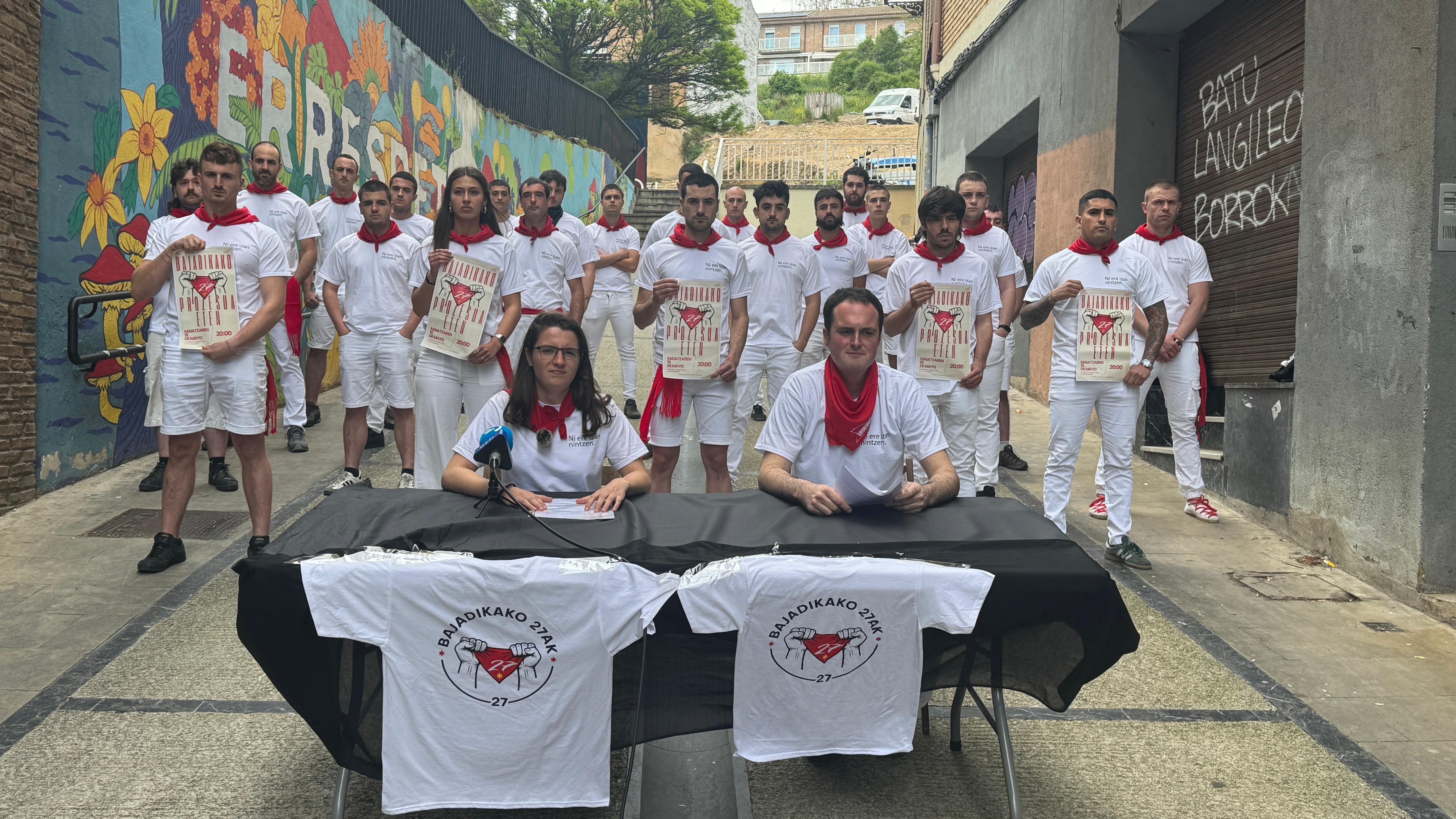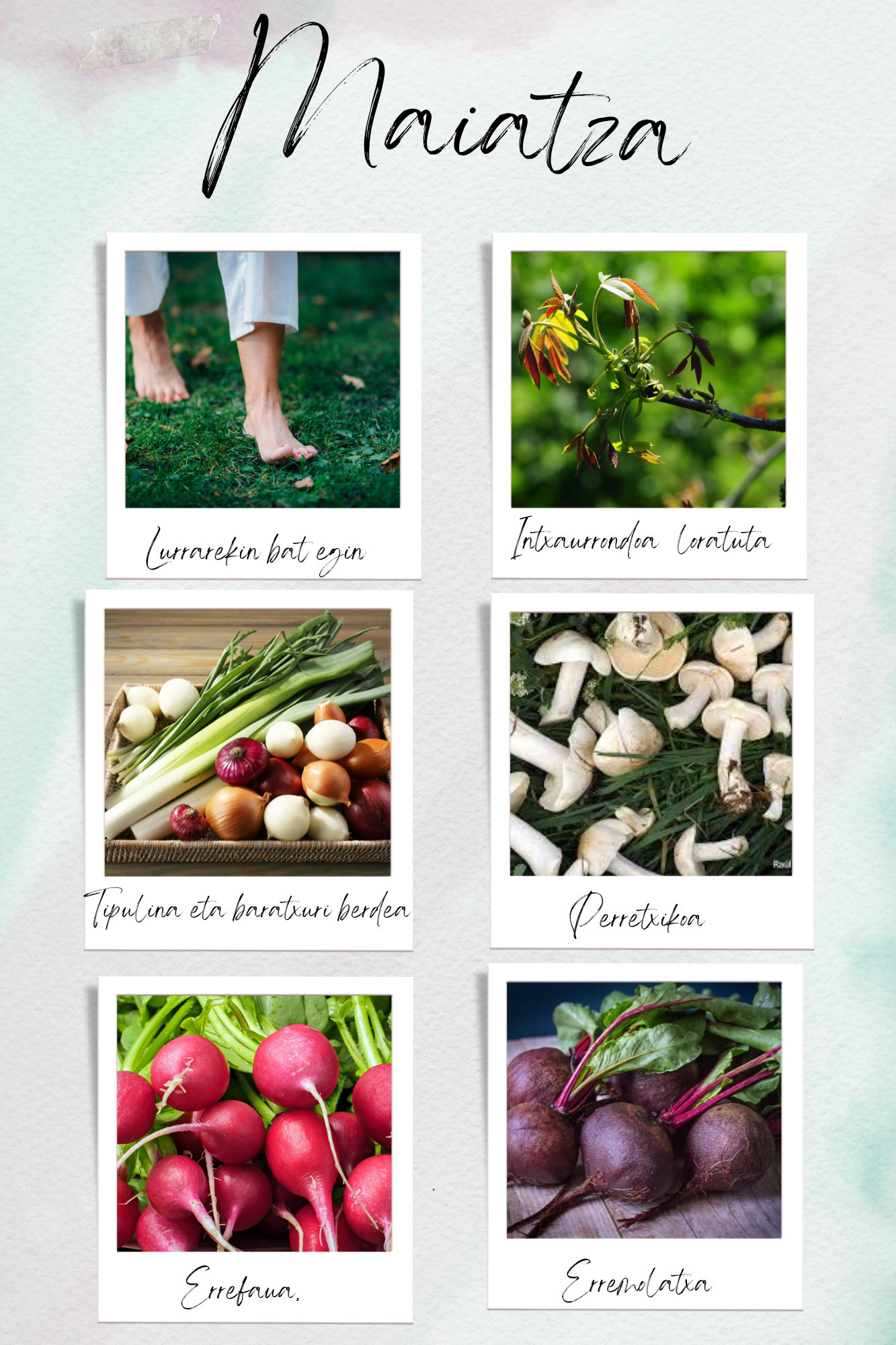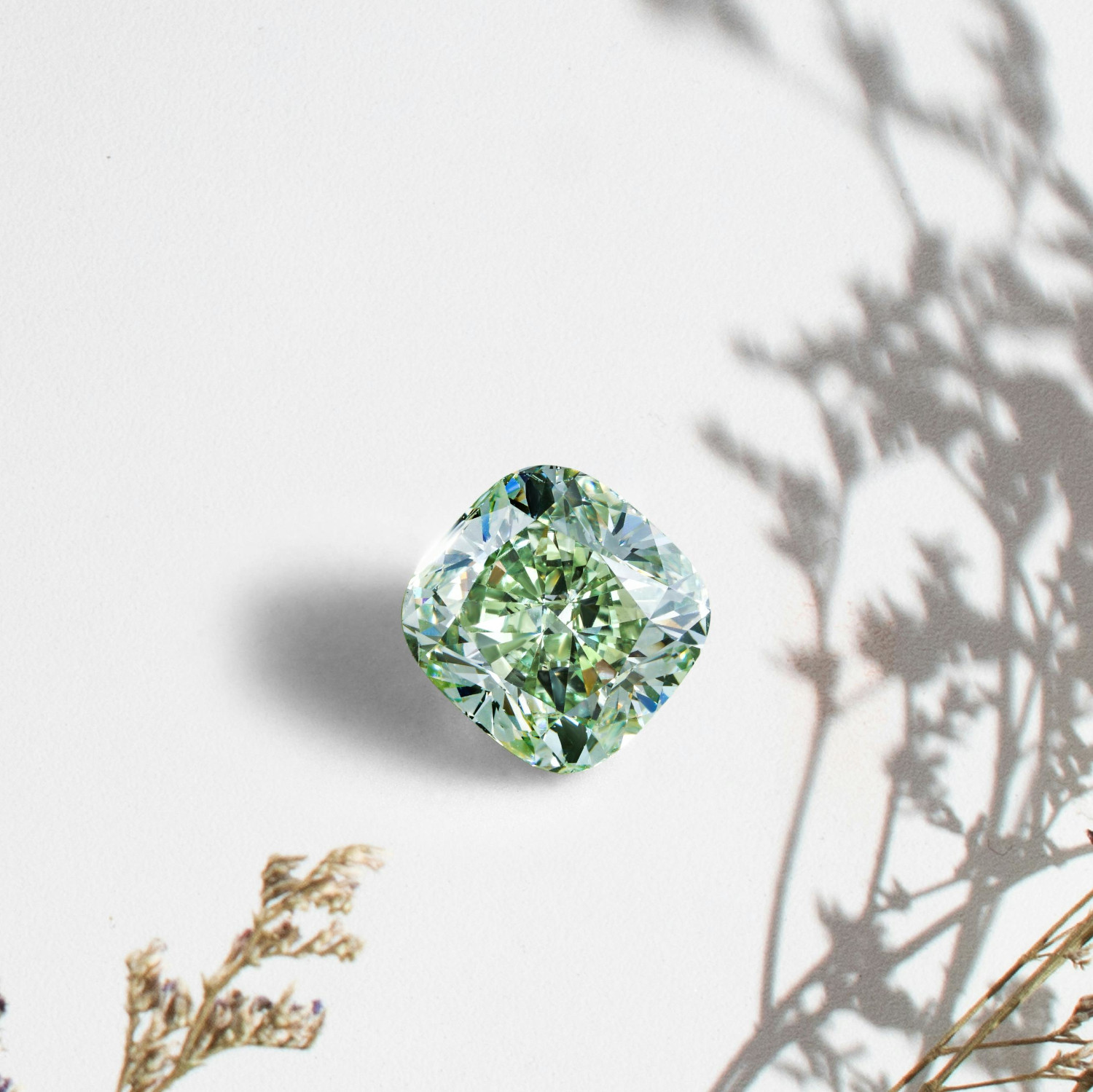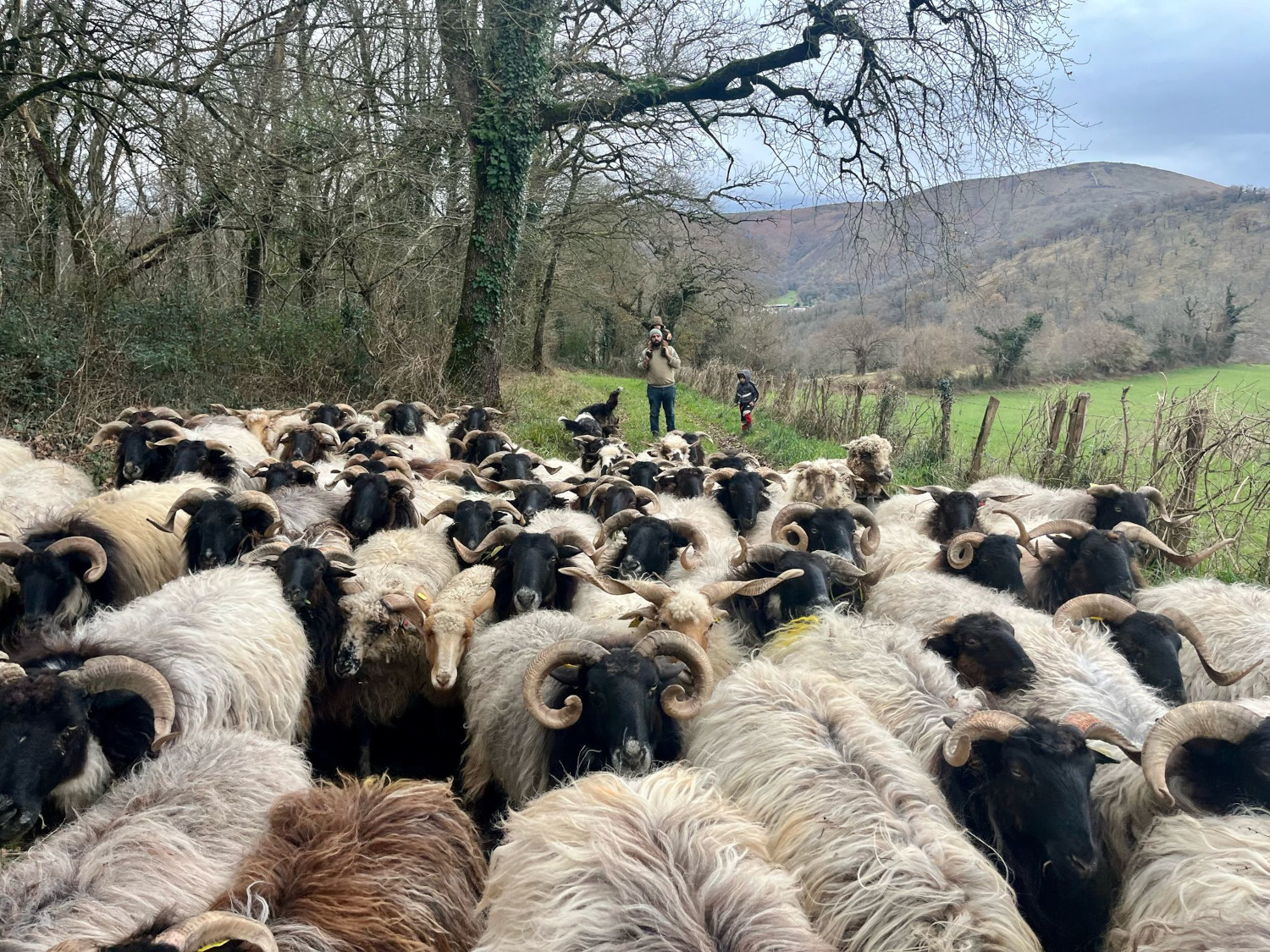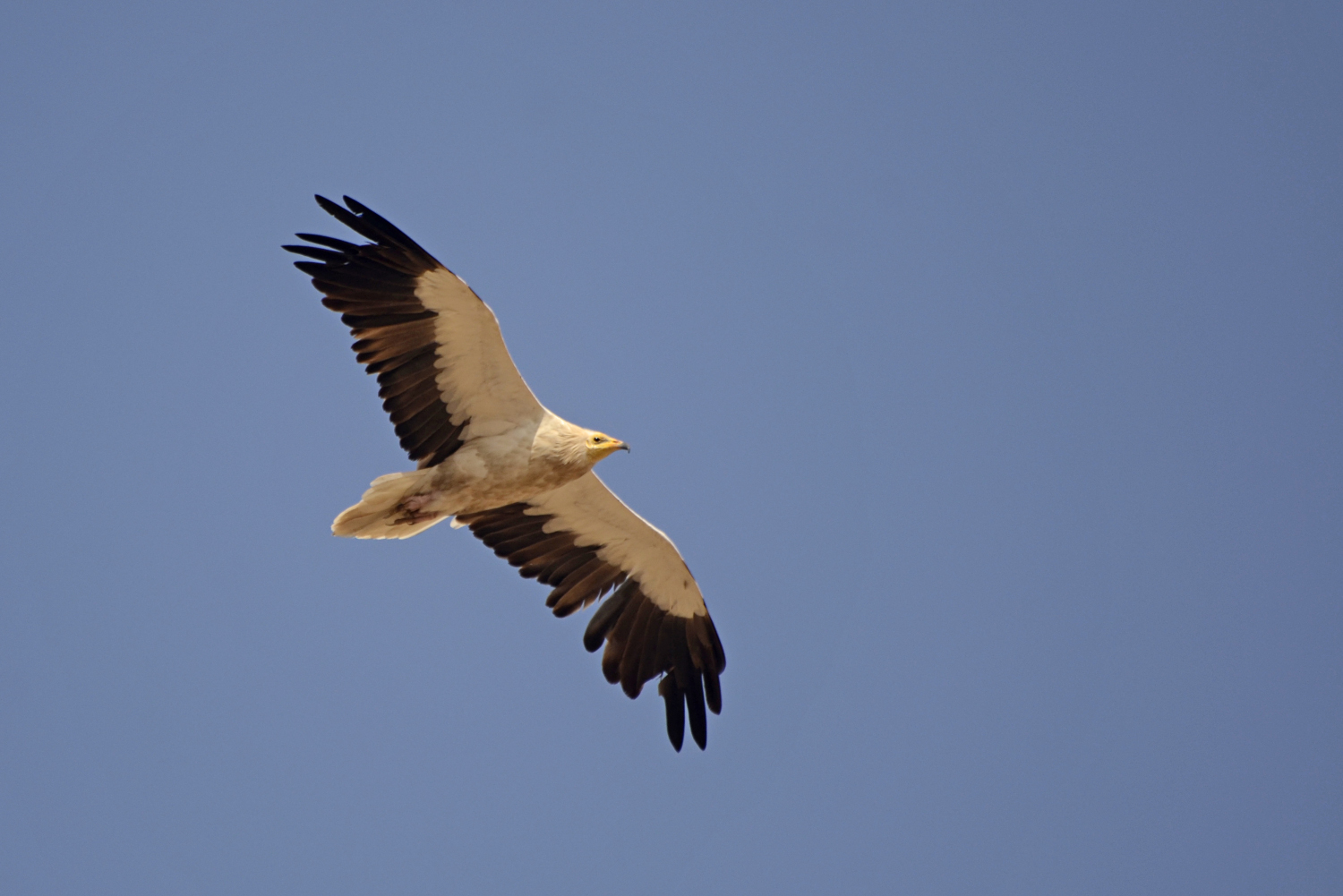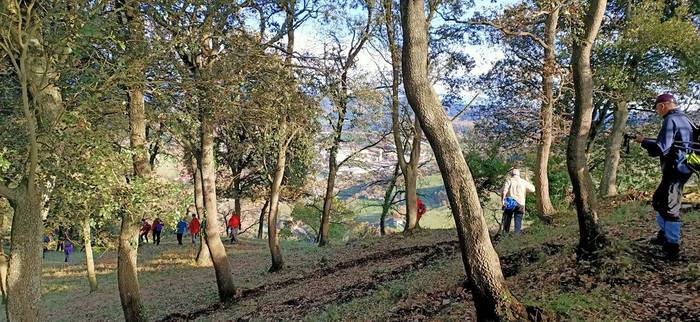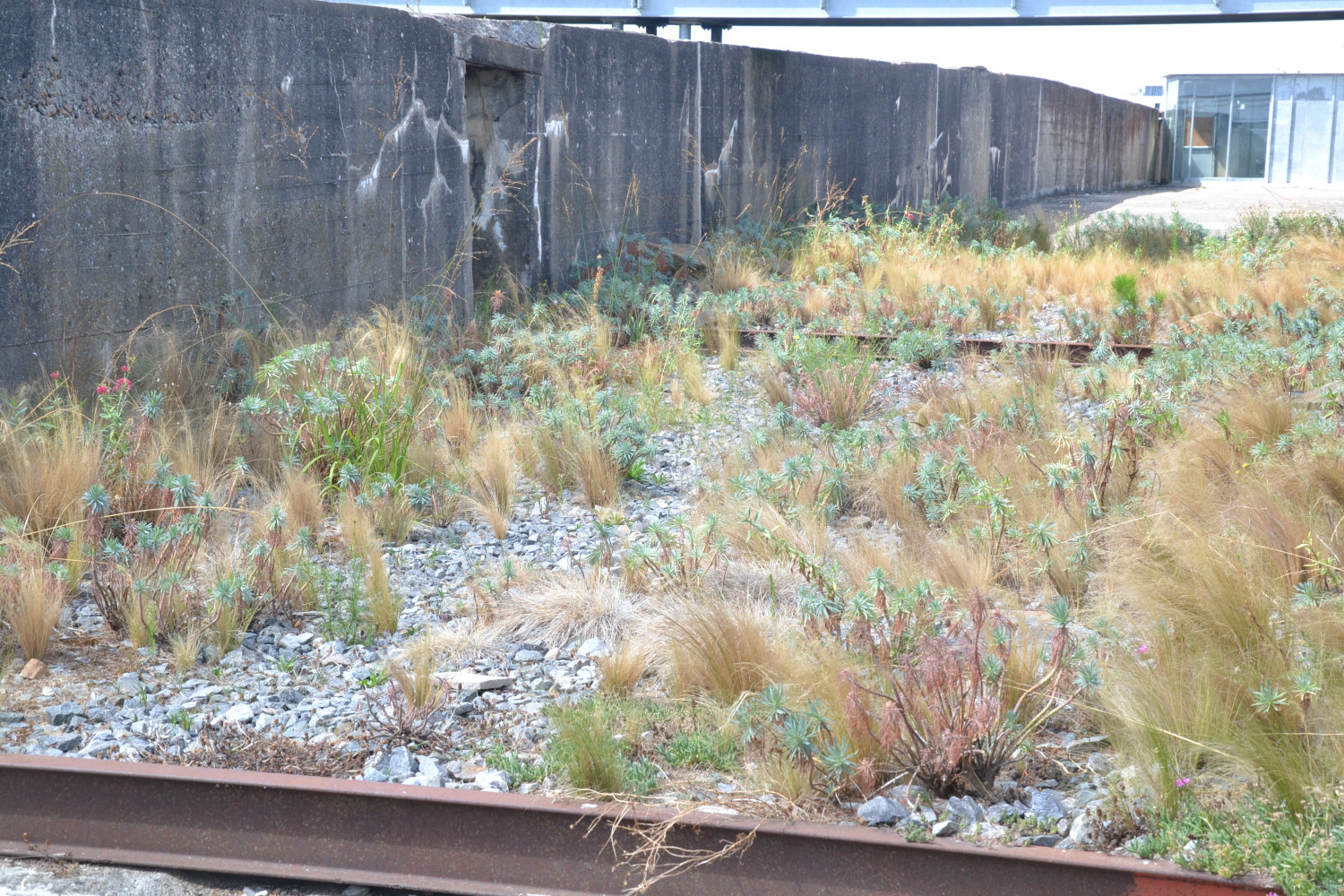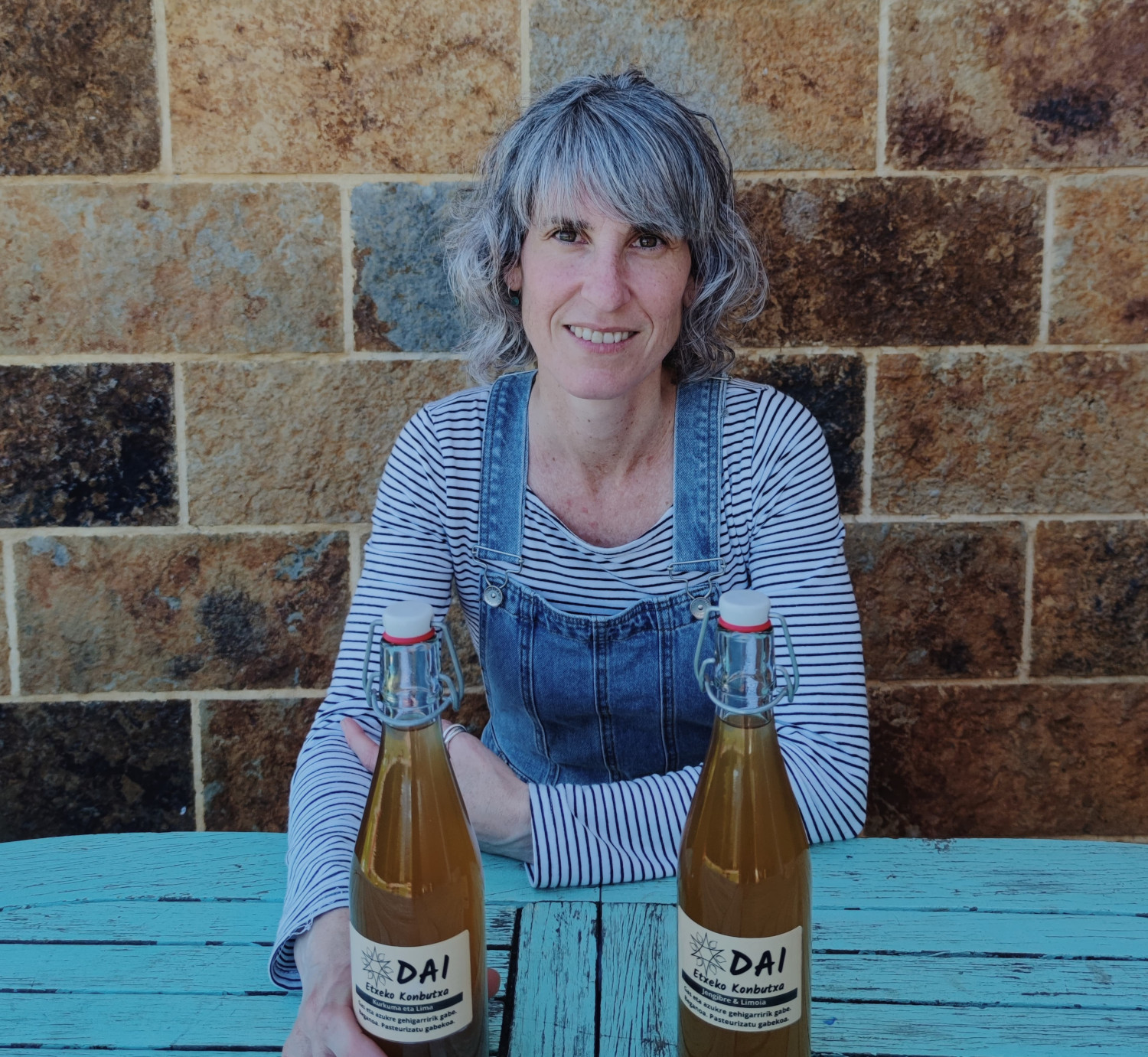"I feel like I've had a lot of rest with this book, because I've conveyed a lot of themes."
- On November 2, Garbiñe Larrea presented the book Sendabelar dakiten in the old municipal library of Donostia-San Sebastián. Here is a summary of the statements you made during the presentation in response to questions by journalist Estitxu Eizagirre.

This book collects the knowledge of 45 medicinal plants, but is intended for use. What shape have you given him? For what purpose?
I have tried to give it the most balanced way possible. A theoretical knowledge is essential to know, identify... the plant. It is important to know it, also for safety, not to confuse the plant.
But my purpose is not to remain in pure knowledge. I mean, know the plant but to do something. And to do it with assurance, with quality and moving it towards practicality.
I'd like to see this book in any house in a few years' time, spoiled, bent, worn out. I wouldn't want to be just for reading. I don't want to be for a knowledge, but to learn by strength to do.
Research says we don't even see the plants around us. Most of us don't even know how to name medicinal plants. What can a man who, with the help of this book, begins to look around him and tries to listen to his body?
Once we took the course on the island of San Sebastian and a friend who participated in it said to me a month later: “San Sebastian is full of medicinal herbs!” and he named me se-seven medicinal plants that until then he defined with the word “green.” With that identification, his feeling was that his gaze had opened up and had been enriched.
So we gain knowledge of the environment. We do not appreciate what we do not know. You don't need to know a lot of medicinal plants, know two or three, and it's curious, many times it's the plants closest to each one that you need. With that, we can gain autonomy, make as many medications as we do.
And it's also our heritage. Immaterial heritage, less documented, which has been preserved orally and in popular knowledge. And that has value, there's wealth and there's a part of our cultural identity. And instead of collecting this in a testimonial way, being part of life is an important value to me.
They draw attention to the fact that in each sheet of these 45 plants there is "Beware!" a paragraph that, at the same time, appears in many references of the female body. Why?
To look at the herb as it is, is also to see its toxicity as well as the side effects it can have for the evil. As I explained in the preamble, the illusion is very bad: fascination does not look good. And in this book, there are medicinal plants with great toxic potential. To the right extent, in its exact dosage, it is safe. I would therefore like to see good practice established.
In addition, we didn't live in our grandparents' times, so there weren't so many poli-medicalized people. Today there are people who take a lot of medication or take supplements, which often are not associated with medicinal herbs. This information is nowhere and it is essential.
On many occasions there is also a diffusion into the female body. We're under a hormonal cycle or we have different life cycles, and that's invisible, studies are published as if it didn't exist. Many of the research is done with men and it seems that it does not give the same medicinal herb as a man or a woman. And many times it's not, and we're hurting directly. It's very important to know.
Precision and rigour are very necessary.
Are there any curiosities in this information in the book?
It has been thought that medicinal herbs have not been investigated. And here's the example of the pasmobel. “It’s very dangerous,” “beware,” “it’s not investigated.” I gave myself time consciously to document for the book, and I've realized it's very much researched. In 2020, a researcher in Pakistan, Zarmena Yasmeen, has done the work in the local hospital research team, and she mentions in what dose... It's to read. And Silvia Akerreta's research is also very interesting.
There are a lot of studies behind it. In phytotherapy and botany, he keeps researching and discovering new things. You have to take it with humility, who knows a lot still has a lot to learn. If in a few years' time I had to rewrite about these herbs, I would surely find out about new things.
You have already been called from the villages to give a few lectures. Can these talks be a place to share oral transmission and knowledge?
It's beautiful for me to listen to people. As soon as I present the book, I have started with social networks “I don’t do it that way”... I hear it very carefully. We always have to learn. When people have known it and used it around them, when it's something about the house, the exchange comes directly into it. I have nothing to hide, people are also willing to exchange information.
The book is very appropriate for those who start from scratch, but those who have been around for years will also find something. I wanted to raise everyone’s interest and make a contribution. For example, many will have the habit of taking the apples, but they will not think of macerating it in oil. I therefore found it interesting to give a new use to what it already uses.
Josu Zabala said he had been very rested when the ertzaina made a book about the group. And I also have that feeling, after I pulled out this book. Like I've had a lot of rest, transmitting a lot of themes. For example, in the Hernani-Arano-Goizueta environment, there's a very traditional ointment called "milagritos," and when I see it in the book, it gives me a lot of joy that people can make that ointment. Or what was known to a curandero from Urnieta, my people, Joxe Intxausti “Allapur”: to pick up some of the things he said about the meana, that is, to put them in a book of knowledge that was on the oral level, makes me feel very restful.
"This has always been taken as a matter of women. Looking at herbs, 8 out of 10 there are women. A man of a wise appearance, a guru, told me yesterday: 'The best medicinal herb you don't take.' And that the answer or healing of all things was in the trees. I've heard it said that because most women live by looking at herbs, most men live by looking at trees.
I wish you to make a medicine chest, to have the ointments and others wrapped in jars... But you never need it. And let them cast Sanjuan into the fire, and that ye be well. All of this is possible, it's not like eating. Yes, if you need it, you can have it there.
A woman has long been said to be looking down. And to see the grasses, you have to look down and sideways, and that often gives you a humble attitude. Many say that man is looking at the trees. In this book, I've also put trees, like fir. But most of them are not trees.
When you generalize, you always put your foot in it. Mariano Ostolaiz writes in Oiartzun on the trees and also on the medicinal herbs he finds on the ground. The same Joxe “Allapur” of my people. We should not confine ourselves to one sex or another. But yes, what I've heard a long time ago is that men have worked more with trees and women with things that are like land. It may be, but I'm not so supportive, I would like to break and mix trees and flowers in the same way; there are quite a few divisions.
To Garbiñe Larrea we did an interview about the book, health and medicinal herbs, click here.








